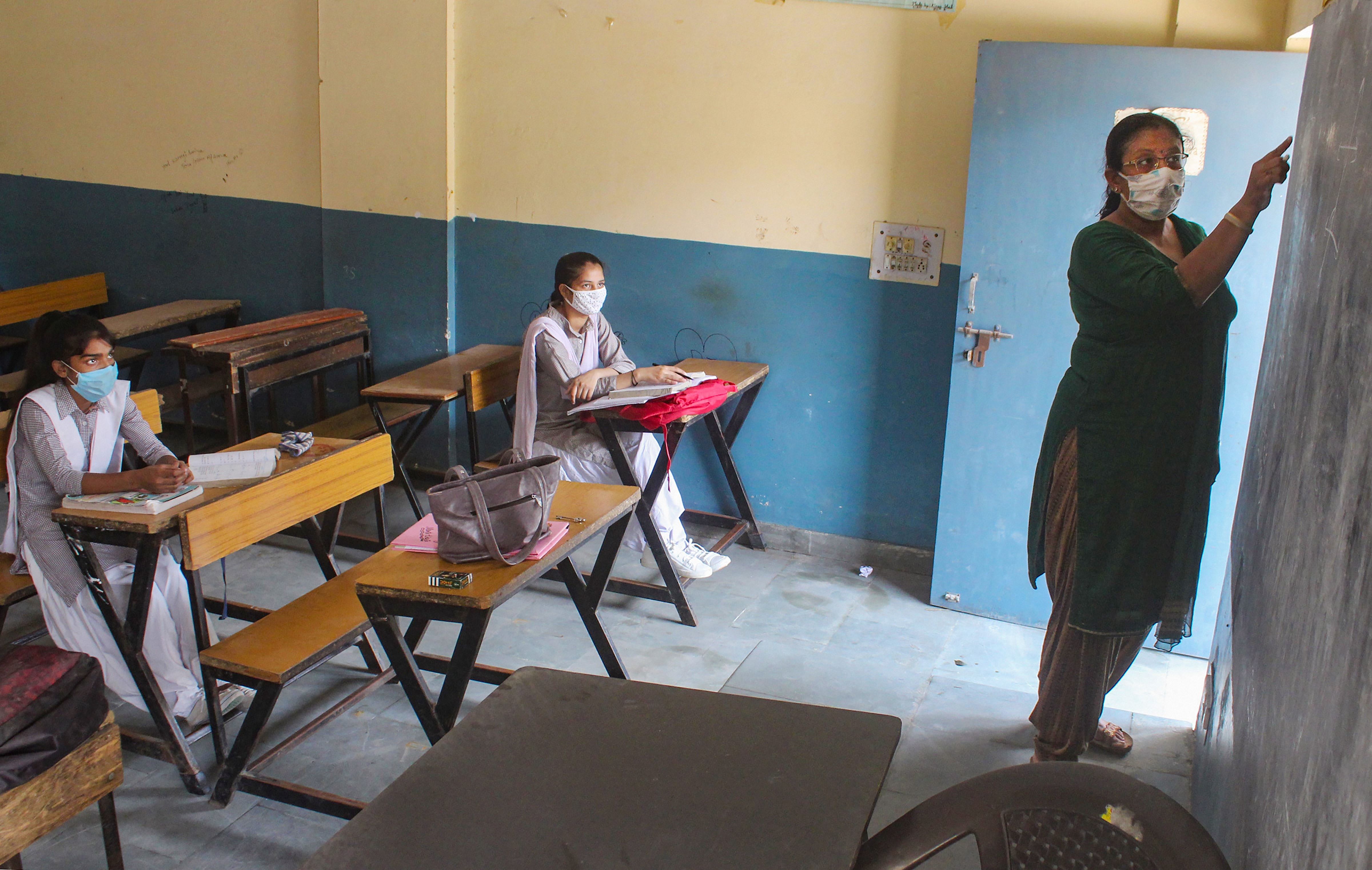
More than seven decades after independence, the issue of language finds its place in the centre of debate after the New Education Policy was made public. The New Education Policy has been modest in its recommendation for the mother-tongue to be the medium of instruction up until Grade 5. This is a sweeping change in policy when compared to what was vociferously argued in the report of the Education Commission of 1964-66. The commission had recommended for the medium of instruction to be in the mother-tongue not only at school-level but even in colleges. It viewed language as an instrument to acquire knowledge with clarity, precision, and vigour.
The language was seen as a means to establish communication between the elite and masses to facilitate the dissemination of scientific and technical knowledge to the latter. Apart from constraints in making budgetary provisions, even the National Translation Mission was established only in 2008 as part of the Central Institute of Indian Languages to translate resource material in all languages in the 8th schedule of the constitution. The free flow of myriad resource materials in the English language across different subject areas, unabated even in the post-colonial era, relegated the importance of other languages. Students of higher education in different subjects overwhelmingly depend on English language material even when they are pursuing studies in vernacular medium. Certainly, for them, this transition is not cogent from the point of view of knowledge acquisition but also of depleting opportunities. It disempowers not only the global reach but even the reach among states, in the absence of ample opportunities within the region. Hence, the New Education Policy has appropriately recognized the importance of deemphasising the mandatory use of the mother tongue in higher education.
The introduction of English as a medium instruction in government schools, partially in Karnataka and all across in Andhra Pradesh, right from primary level is largely guided by private sector schooling. The private sector is able to attract students from the nursery or kindergarten level through English medium teaching. Once admitted there, it would be hard to migrate to the government sector unless continuation is met with hardship. The physical ambiance of private schooling apart from the English medium is attractive for parents and students. In a way, English medium instruction and aspiration are intertwined to create an environment for the multiplication of private schools to cater to the needs of children of varying socioeconomic statuses. M.N. Srinivas, an Indian sociologist had spoken about ‘sanskritisation’ and ‘westernisation’ referring to the transformation of cultural practices of the lower castes imitating the upper castes in the case of former, and the forward castes that of westerners in the latter. However, with the increasing globalisation, the scope of ‘sanskritisation’ is gradually dissipating and ‘westernisation’ is on upswing irrespective of the caste categories.
The resistance that English as a language and medium of instruction met with before independence is imperceptibly fading in the absence of a powerful regime to impose it. Rather it is promoted in the light of dwindling opportunities in local languages. Educationalists, cognitive psychologists and linguists' concern for preserving the local languages through teaching from the primary level is met with opposition by those who seek equitable opportunities for all. Governments are forced to innovate to accommodate the interests of conflicting groups. The state of Andhra Pradesh has come out with bilingual textbooks in order to meet the challenge of public demand for English medium, without compromising on vernacular medium.
It is a tight rope walk for the teachers to transact through this new approach, which perhaps has never been implemented on such a large scale in India. There are many questions that require thoughtful contemplation. Which two languages will be used as a primary language? Will the challenges posed by the education commission be met in making the future citizens acquire capabilities through the English medium?
(The writer is Principal, Regional Institute of Education, NCERT)